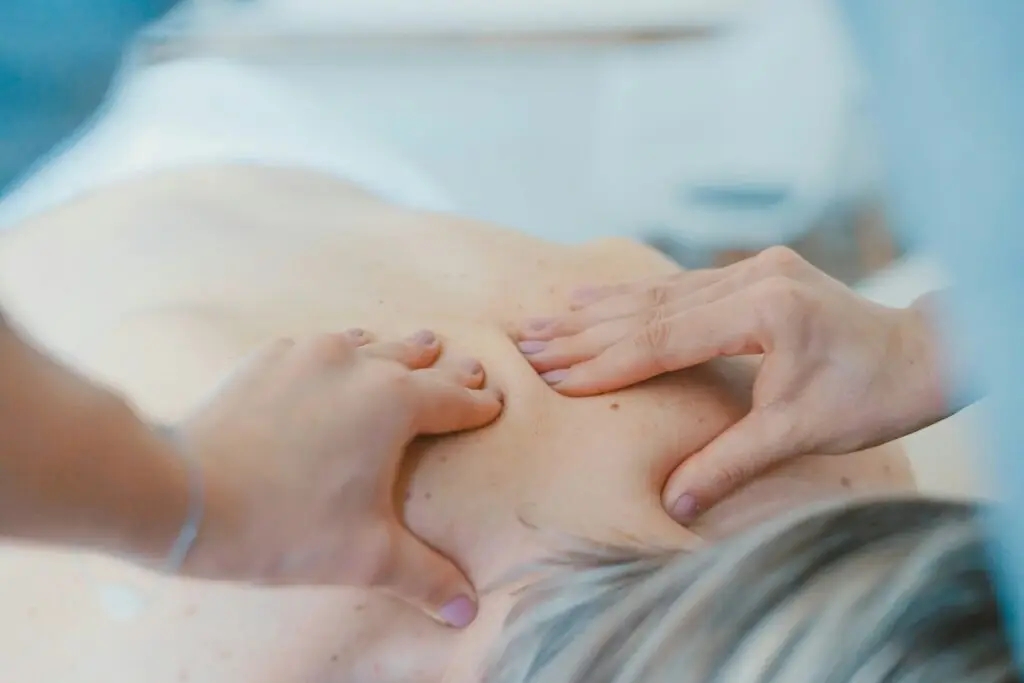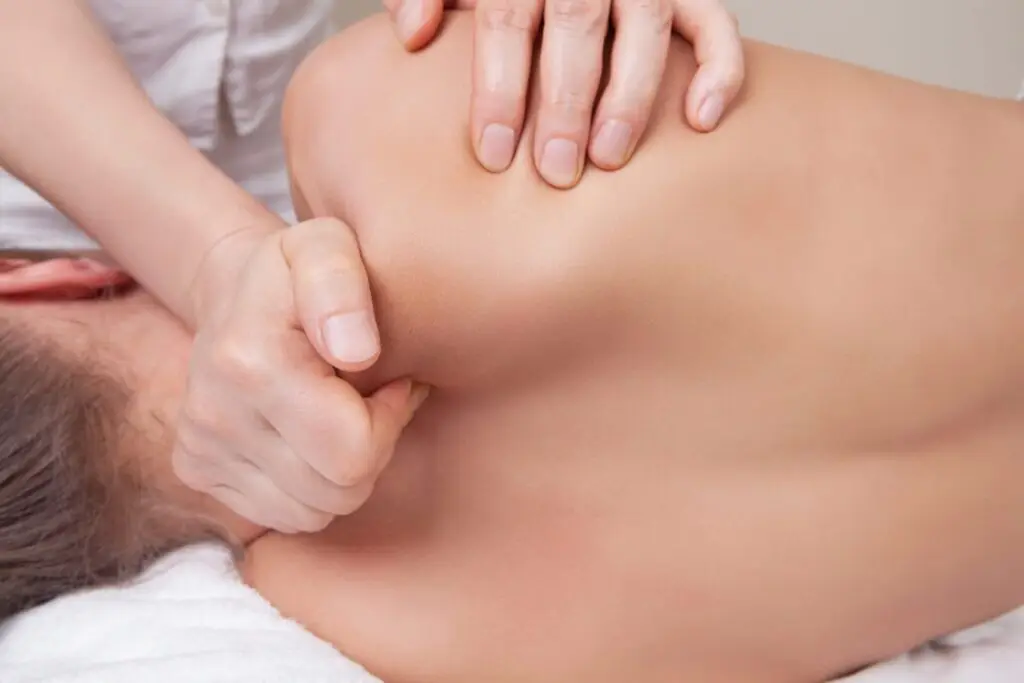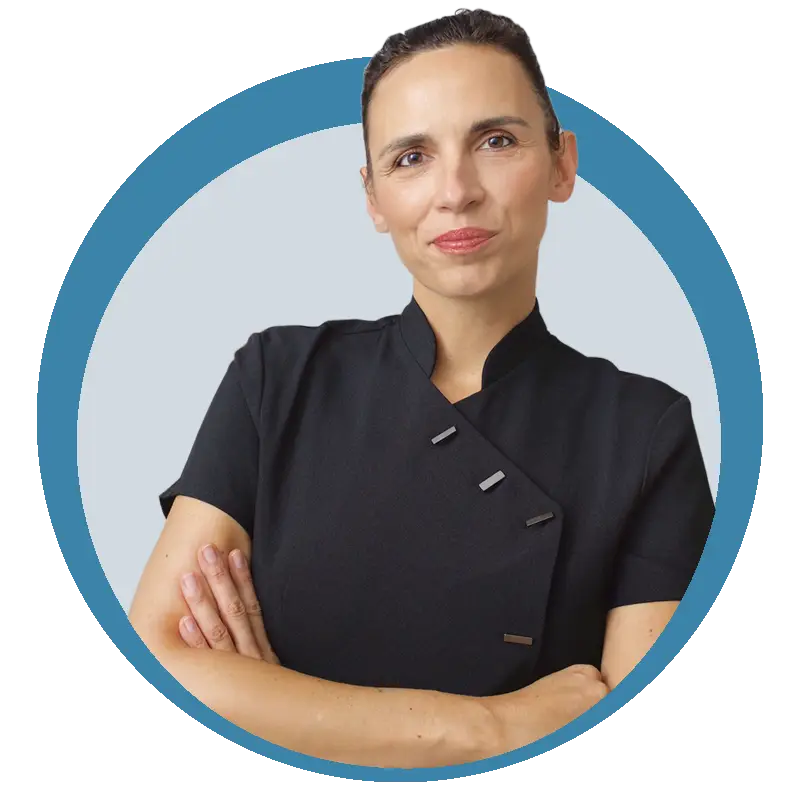What You need to know about Deep Tissue Massage and Sports Massage Therapy
Deep tissue massage therapy is a highly effective treatment for relieving chronic muscle pain, tension, and stress. It targets deeper layers of muscle and connective tissue to break down adhesions, improve blood circulation, and enhance overall muscle recovery. Whether you’re an athlete recovering from intense workouts, dealing with work-related stiffness, or simply looking to relax, therapeutic massage techniques like deep tissue massage, sports massage, and cupping therapy can help reduce pain, improve flexibility, and restore mobility.
Frequently Asked Questions
Have questions about Sports and Deep Tissue Massage or Cupping therapy? Below are answers to some of the most common inquiries. If you need more information, feel free to reach out!
What types of pain can massage therapy help with?
Massage therapy can effectively relieve various types of pain by reducing muscle tension, improving circulation, and promoting relaxation. Here are some of the most common pain issues massage can help with:
1. Back Pain:
Massage can alleviate both upper and lower back pain by reducing muscle tightness and improving flexibility.
2. Neck Pain:
Targeted massage techniques help release tension in the neck and shoulders, reducing stiffness and discomfort.
3. Headaches:
Tension headaches caused by muscle tightness in the neck and shoulders can be relieved through massage therapy.
4. Arthritis:
Gentle massage techniques can reduce pain, increase mobility, and improve joint function for individuals with arthritis.
5. Muscle Strains and Sprains:
Massage therapy increases blood flow to injured muscles, reduces swelling, and enhances recovery.
If you're experiencing pain and wondering if massage can help, feel free to reach out to discuss a treatment plan that suits your needs.
1. Back Pain:
Massage can alleviate both upper and lower back pain by reducing muscle tightness and improving flexibility.
2. Neck Pain:
Targeted massage techniques help release tension in the neck and shoulders, reducing stiffness and discomfort.
3. Headaches:
Tension headaches caused by muscle tightness in the neck and shoulders can be relieved through massage therapy.
4. Arthritis:
Gentle massage techniques can reduce pain, increase mobility, and improve joint function for individuals with arthritis.
5. Muscle Strains and Sprains:
Massage therapy increases blood flow to injured muscles, reduces swelling, and enhances recovery.
If you're experiencing pain and wondering if massage can help, feel free to reach out to discuss a treatment plan that suits your needs.
What is a sports massage?
Sports massage is designed to support active individuals by reducing muscle tension, enhancing flexibility, and aiding in recovery. It involves targeted techniques and deeper pressure to improve mobility and prevent injuries.
How often should I get a sports massage?
The frequency depends on your level of activity. Most active individuals benefit from a session weekly or biweekly, while others may require more frequent treatments depending on their needs.
Do I need to be an athlete to get a sports massage?
Not at all! Sports massage is beneficial for anyone who experiences muscle tension, stiffness, or general soreness, regardless of their activity level.
Do you do deep tissue massage?
Yes! Deep tissue massage is one of the techniques I offer. It focuses on realigning deeper layers of muscle and connective tissue to relieve chronic tension, stiffness, and pain.
What is deep tissue massage?
Deep tissue massage is a therapeutic technique that applies firm pressure and slow strokes to target deeper muscle layers and fascia. It is particularly effective for treating chronic muscle pain, tension, and stiffness caused by stress, poor posture, or repetitive movements.
How can deep tissue massage help you?
Deep tissue massage helps break down scar tissue, improve circulation, and reduce muscle pain and stiffness. It promotes faster healing of injuries, enhances flexibility, and relieves stress-related muscle tightness. It is especially beneficial for those with chronic pain, sports injuries, or muscle imbalances.
Is deep tissue treatment painful?
Deep tissue massage should not be painful, but it can sometimes feel slightly uncomfortable, especially when targeting deeper muscle layers. Any discomfort should always be within a tolerable range, and I will adjust the pressure based on your comfort level.
What can I expect during a session?
Your session begins with a brief consultation to understand your needs. You'll lie on a massage table while specific techniques are applied to target muscles and soft tissue. Some sessions may include stretching to enhance mobility.
How many massage sessions should I book?
The number of sessions depends on your individual needs and goals. Here’s a general guide to help you decide:
1. For General Well-being and Stress Relief:
Frequency: Many individuals benefit from a monthly massage to maintain relaxation and prevent muscle tension.
2. For Chronic Pain or Specific Health Issues:
Frequency: Weekly or bi-weekly sessions may be recommended to manage symptoms effectively.
3. For Injury Recovery:
Frequency: A series of sessions with no more than two weeks between each is often suggested to promote healing.
4. For Active Lifestyles or Athletes:
Frequency: Regular sessions every 2-4 weeks can help maintain performance and prevent injuries.
The best approach is to consult with me to determine a personalised plan based on your body’s needs.
1. For General Well-being and Stress Relief:
Frequency: Many individuals benefit from a monthly massage to maintain relaxation and prevent muscle tension.
2. For Chronic Pain or Specific Health Issues:
Frequency: Weekly or bi-weekly sessions may be recommended to manage symptoms effectively.
3. For Injury Recovery:
Frequency: A series of sessions with no more than two weeks between each is often suggested to promote healing.
4. For Active Lifestyles or Athletes:
Frequency: Regular sessions every 2-4 weeks can help maintain performance and prevent injuries.
The best approach is to consult with me to determine a personalised plan based on your body’s needs.
What should I wear for a sports massage?
Wear comfortable, loose-fitting clothing or athletic wear. Depending on the targeted areas, you may be asked to undress to your underwear, but you will always be properly draped for privacy.
What are the benefits of sports massage?
Benefits include improved circulation, reduced muscle tension, enhanced flexibility, improved range of motion, and a lower risk of injury.
Is cupping therapy painful?
Cupping is generally painless, but it may create a tight sensation as the suction draws blood flow to the area. Some temporary marks may appear but typically fade within a few days.
What is Myofascial Cupping Therapy?
Myofascial Cupping Therapy is a technique that uses suction cups to gently lift the skin and underlying tissues. This helps improve circulation, reduce muscle tightness, and promote faster recovery. Unlike traditional cupping, which often leaves deep marks, myofascial cupping focuses on releasing fascial restrictions and improving mobility. It is commonly used as part of a sports massage treatment to enhance flexibility and reduce tension.
Do you do traditional cupping?
Traditional cupping is an ancient technique that uses suction to create stagnation and draw toxins to the surface of the skin. It often leaves dark circular marks that fade over time. I do not practice traditional cupping; instead, I use Myofascial Cupping Therapy as a part of my treatments when needed. This approach helps with muscle release and pain reduction without excessive bruising.
Can I combine different therapies in one session?
Yes! I can customise a session to include multiple treatments based on your needs, such as combining sports massage with cupping for maximum benefits.
How much do your sessions cost?
Prices start at just £30 for 30 min session and £50 for 1h session. Contact me to discuss a personalised treatment plan.

Do you still have questions about Sports and Deep Tissue Massage?
Feel free to reach out for more information

